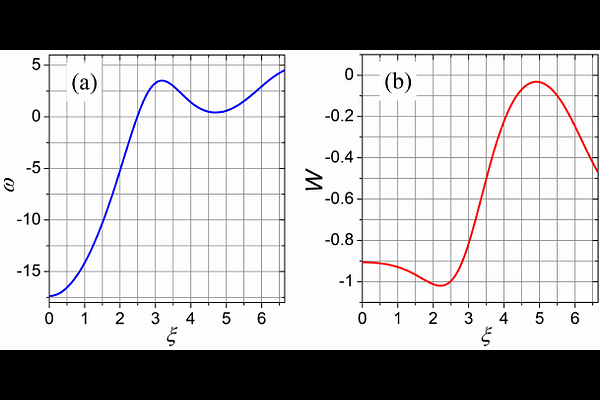Macroscopic states in Bose-Einstein condensate dark matter model with axionlike interaction

Macroscopic states in Bose-Einstein condensate dark matter model with axionlike interaction
A. V. Nazarenko
AbstractThe phase diagrams of ultralight dark matter (DM), modeled as a self-gravitating Bose-Einstein condensate with axionlike interaction, are studied. We classify stable, metastable, and unstable DM states over a wide range of condensate wave function amplitudes. It is shown that the axionlike interaction causes instability and an imaginary speed of sound at low amplitudes, whereas, in a specific high-amplitude band, DM attains a stable state capable of forming a dense solitonic core and suppressing quantum fluctuations in the surrounding galactic DM halo. These findings are corroborated by evaluating thermodynamic functions for DM in the dwarf galaxy NGC2366 and its hypothetical analogs with different core-to-halo mass ratios. Distinct DM phase compositions respond differently to fluctuation-induced partial pressure, resulting in a first-order phase transition in a certain range of an interaction parameter. While the DM properties in NGC2366 lie within the supercritical regime, the phase transition nonetheless provides a thermodynamic marker separating stable from unstable DM configurations. Once a dense core forms - reaching a threshold of about 12% of the total mass - the enhanced gravitation stabilizes the DM halo against fluctuations, while the internal pressure ensures core stability. In particular, we find that NGC2366's dense DM comprises roughly 19% of the DM mass while occupying only 4.7% of its total volume.